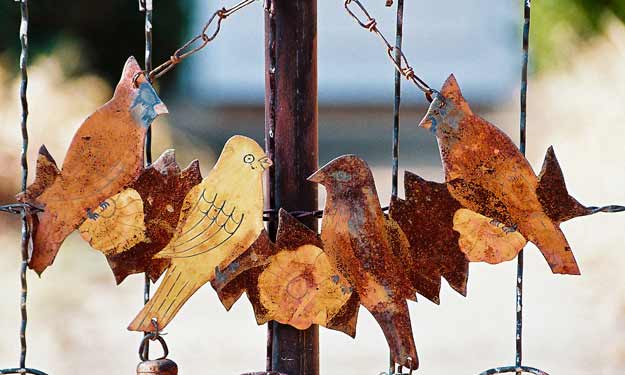Rust Stain Removal

Removing Rust Stains from Various Surfaces.
Removing Rust Stains from Various Surfaces
Rust forms when iron or steel reacts with water and oxygen, leading to oxidation. Over time, this eats away at the metal, creating stubborn stains. While rust stain removal can be tough, using the right techniques and household ingredients can make the process much easier.
Homemade Rust Stain Removers
Below are some rust stain removal suggestions:
Baking Soda Paste
Baking soda is an effective solution for removing surface rust.
How to Use:
- Mix 2 tablespoons of baking soda with just enough water to create a thick paste.
- Apply the paste to the rusty area using an old rag or cleaning pad.
- Let it sit for 15 to 20 minutes.
- Scrub with the rag or pad, applying more pressure as needed.
- Rinse with water and dry thoroughly.
For Stubborn Rust: If stains persist, substitute water with hydrogen peroxide for a stronger effect. Test on a small area first, as hydrogen peroxide may cause slight discoloration on some materials.
Pumice Stone for Porcelain and Ceramic
Rust stains in toilets, tubs, or sinks often result from hard water or old galvanized pipes. A pumice stone can effectively remove these stains.
How to Use:
- Wet both the pumice stone and the stained surface.
- Gently scrub with consistent pressure.
- Keep the stone and surface wet to prevent scratching.
- Rinse thoroughly when finished.
For severe rust, apply baking soda paste before scrubbing with the pumice stone. If working with colored porcelain or ceramic, consider hiring a professional to avoid damaging the glaze.
Lemon and Salt for Rust Stain Removal
Lemon juice and salt create a powerful rust fighting combination.
How to Use:
- Generously sprinkle salt over the rust stain.
- Squeeze fresh lemon juice over the salt.
- Allow the mixture to sit before scrubbing the stain away.
Caution: Avoid using lemon juice on stone surfaces like granite, travertine, or marble, as it can cause etching and permanent damage.
Rust Stain Removal from Carpets
Rust stains on carpets can be tricky to remove, but a few simple steps can help lift them without damaging the fibers.
How to Use:
- Start by vacuuming any loose rust particles to prevent them from embedding deeper into the carpet fibers.
- Blot (do not scrub) the stain with a clean, dry cloth to absorb excess rust.
- Mix equal parts white vinegar and water, then dab the solution onto the stain using a sponge or cloth.
- Let it sit for 5 to 10 minutes, then blot again with a dry cloth.
- Sprinkle baking soda over the area and let it sit for another 10 minutes to absorb any remaining moisture.
- Vacuum up the baking soda once the spot is dry.
Caution: Always test any cleaning solution on an inconspicuous area of the carpet first to ensure it doesn’t cause discoloration.
Removing Rust from Scissors and Tools
If rust appears on scissors, knives, or household tools, try this quick fix:
How to Use:
- Mix 1 tablespoon of lemon juice with salt to form a paste.
- Apply the paste to the rusted area using a dry cloth.
- Rub until the rust disappears, repeating if necessary.
- For heavy rust, consider soaking tools in white vinegar for a few hours before scrubbing with fine steel wool.
Commercial Rust Stain Removers
For particularly tough rust stains, consider these commercial products:
- Naval Jelly Rust Dissolver – Ideal for heavy rust on metal surfaces.
- Whink Rust Stain Remover – Safe for pipes, septic systems, and colorfast fabrics.
- Super Iron Out Rust Stain Remover – Converts rust into a rinsable, scrub-free solution.
Preventing Rust Stains
Preventing rust is easier than removing it. Follow these tips to keep rust at bay:
- Dry metal surfaces immediately after cleaning.
- Fix leaky faucets to prevent water exposure.
- Store bikes, tools, and outdoor furniture in dry areas or cover them during wet seasons.
- Apply a thin layer of oil (such as WD-40 or mineral oil) to metal tools and surfaces to prevent rust formation.
- Use a dehumidifier in damp areas to reduce moisture buildup.
Rust stains may be frustrating, but they aren’t impossible to remove. With these techniques, you can keep your home looking clean and rust-free.






